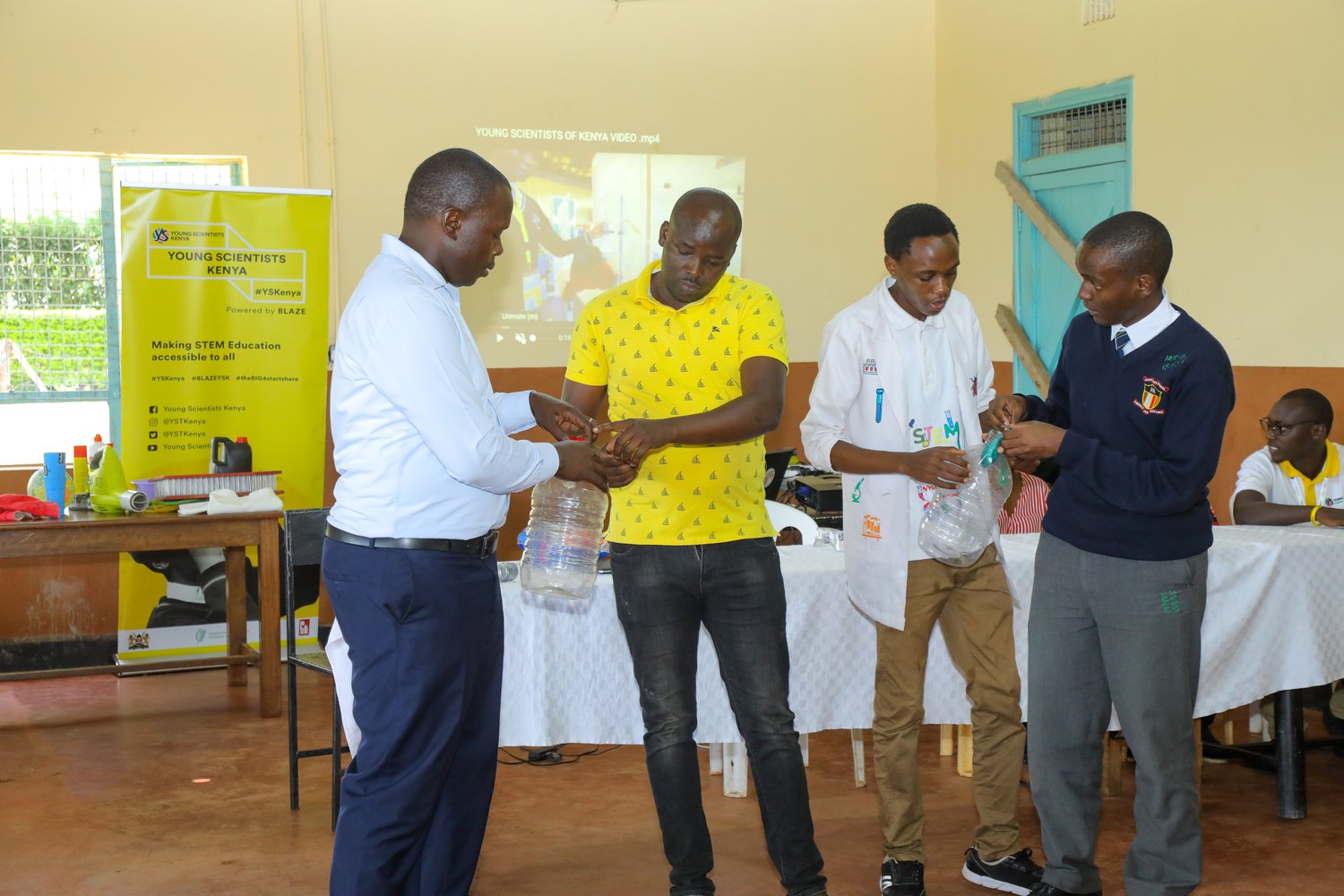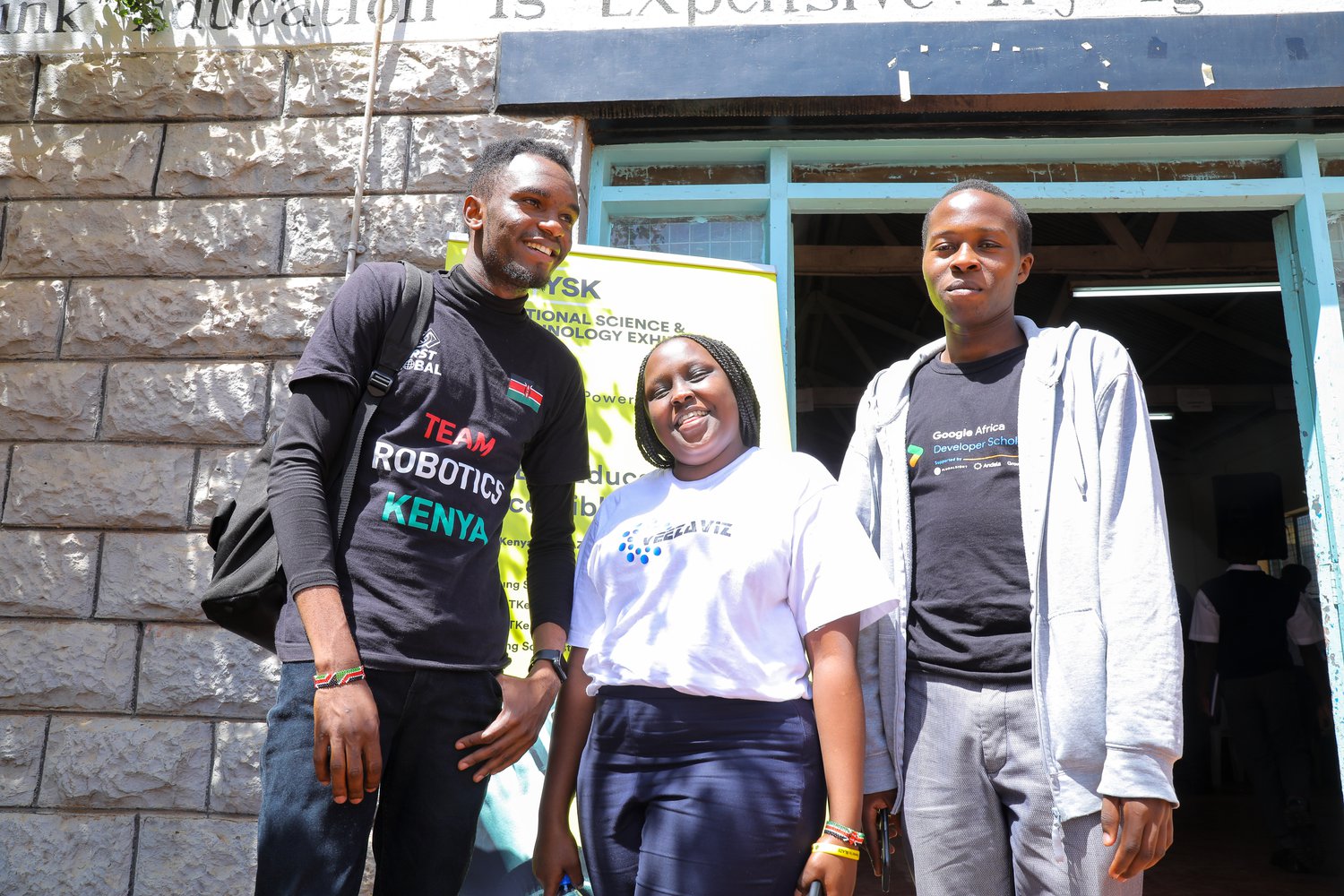Eligibility
The competition is open to secondary school students residing in Kenya. A team comprises of two students from the same school.
What to Do Now
Think of a Science-based idea that can be developed into a project, and work on it. The judges want to see your original research, not reams of words taken from some book or downloaded from the web.
By all means use whatever help you can, but put your own individual stamp on whatever you do. The first person you should talk to is your science or technology teacher. He or she will be happy to assist you in any way possible, offering guidance and advice as needed.
Remember that universities, institutes of technology, relevant organisations, non governmental organisations (NGOs), libraries and the Internet may prove useful as you research your project; but please always make contact with institutions or organizations through your teacher.
Deciding On Your Topic
Get an idea of what you want to study. Ideas might come from hobbies, or perhaps problems you see that need solutions. Due to limited time and resources, you may want to study only one or two specific subjects.
Research Your Idea
Visit your local library or use the Internet to learn everything you can on your topic. Observe related events. Gather existing information. Look for unexplained or unexpected results. Visit a university or institute of technology. Talk to professionals in the field. Consult your teacher and parents. Write or email companies for specific information. Obtain or construct needed equipment.
Organise
Organise everything you have learned about your topic. At this point you should narrow your hypothesis by focusing on a particular idea. Your library research should help you.
Make a Timetable
Choose a topic that not only interests you, but also can be done in the amount of time you have available. Leave time to fill out necessary forms to participate in Young Scientists Kenya. Certain projects require more time than others; allow plenty of time to experiment and collect data. Simple experiments do not always go as you might expect the first time, or even the second time. Also, leave time to write your report and put together an exhibit.
Planning Your Project
Now, before you go any further, there are a few simple questions you must ask yourself:
-
What am I trying to find out?
-
How am I going to do this?
-
Where can I get the help I need?
-
What do I expect to learn at the end of my research?
-
Have I access to the apparatus or equipment to carry out the work?
Once you are satisfied that you can really get to grips with your project, you will be able to enter the Planning Stage. Remember, only a few scientific discoveries are the result of chance or luck; the majority are the result of many hours of dedicated thought and experimentation.
Read Background Material And Literature
The rule here is read, read and then read some more! This will give you real insight into your topic. Background material can be obtained from books and journals and by using the Internet.
Plan Your Research Design
Decisions need to be made about the experiments you will conduct, how you will design your apparatus, and, if applicable, how you will collect your data.
Carry Out Your Research
Record each and every measurement, experiment or observation. At this stage, your project may fail completely. If so, it is still important to record and report the failure. Remember, a null result is still a scientific finding and an important guide to other scientists. Record all your observations and findings.
Analyse Your Results
After you have completed all of your research, you need to examine and organise your results. Try to focus on how your results relate to your original topic and its objectives. Good results merit good presentation.
Make Your Conclusions
You are now ready to develop a theory to explain your findings. Keep an open mind on the results you get and the conclusions you reach.
Evaluate Your Project
You are now in a position to make recommendations and perhaps contribute through them to scientific knowledge.
It is time to ask yourself the following questions:
-
Did I succeed in researching my topic?
-
Do my conclusions support my original hypothesis?
-
Have I added to the body of knowledge through my research?
Research Is The Answer
Research is the process by which people create new knowledge about the world in which they live, in order to answer a question or solve a problem. When choosing your topic, give careful thought to how your research might enhance the world and its inhabitants.
Questioning is probably the most important part of scientific creativity and is often followed by an “if…then…” statement. Questioning usually leads to observations or experiments.
Good scientists, both young and old, use a process to study what they see in the world. By following the six stages listed below, you should be able to produce a superior scientific project.
-
Be curious, choose a limited subject, ask a question, identify or originate/define a problem.
-
Review published materials related to your problem or question.
-
Evaluate possible solutions and make your educated guess (hypothesis).
-
Challenge and test your hypothesis through experimentation (data collection) and analysis.
-
Evaluate the results of your experiment and reach conclusions based on your data.
-
Prepare your report and exhibit.
As a scientist, you should learn to be skeptical about all research results, especially your own.
A good experiment may or may not answer the questions asked – but almost always leads to fresh questions that require new experiments or observations.
The final hypothesis is often developed after running a number of preliminary experiments, analysing a body of results, and reaching a tentative conclusion


